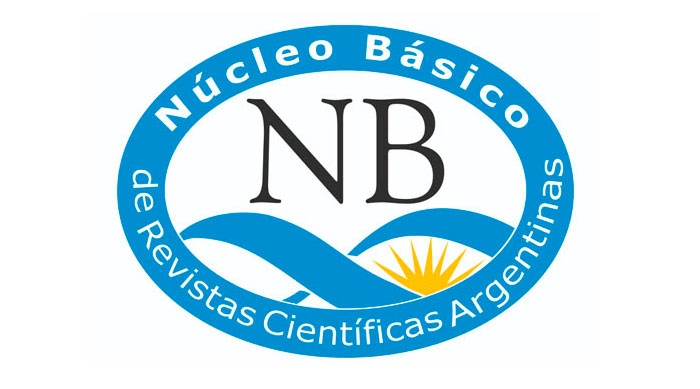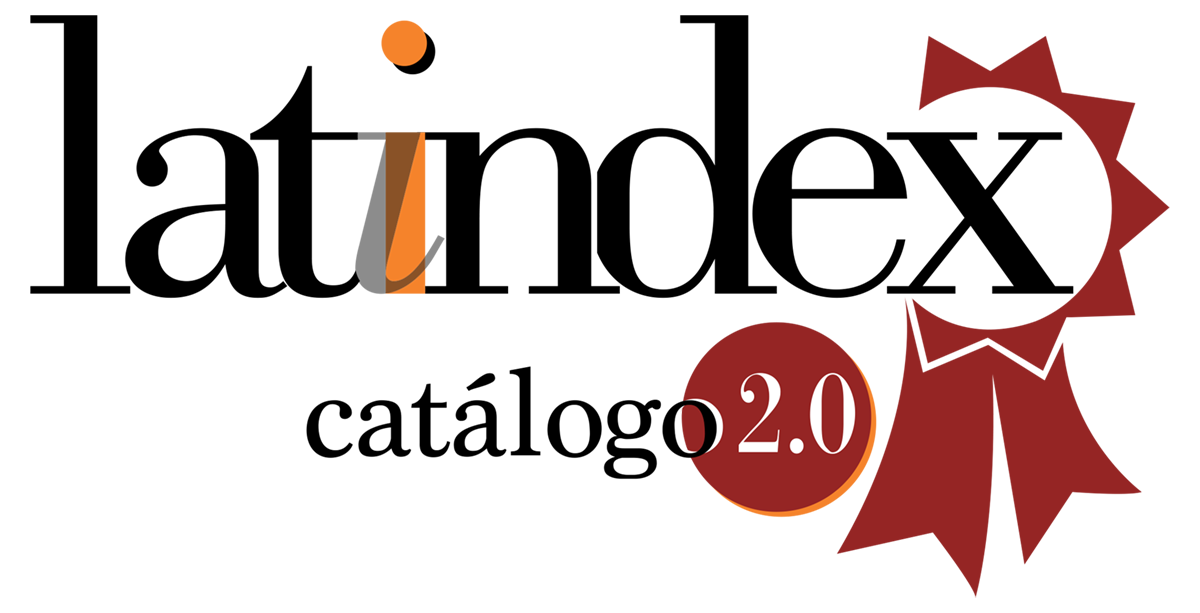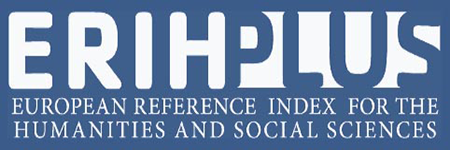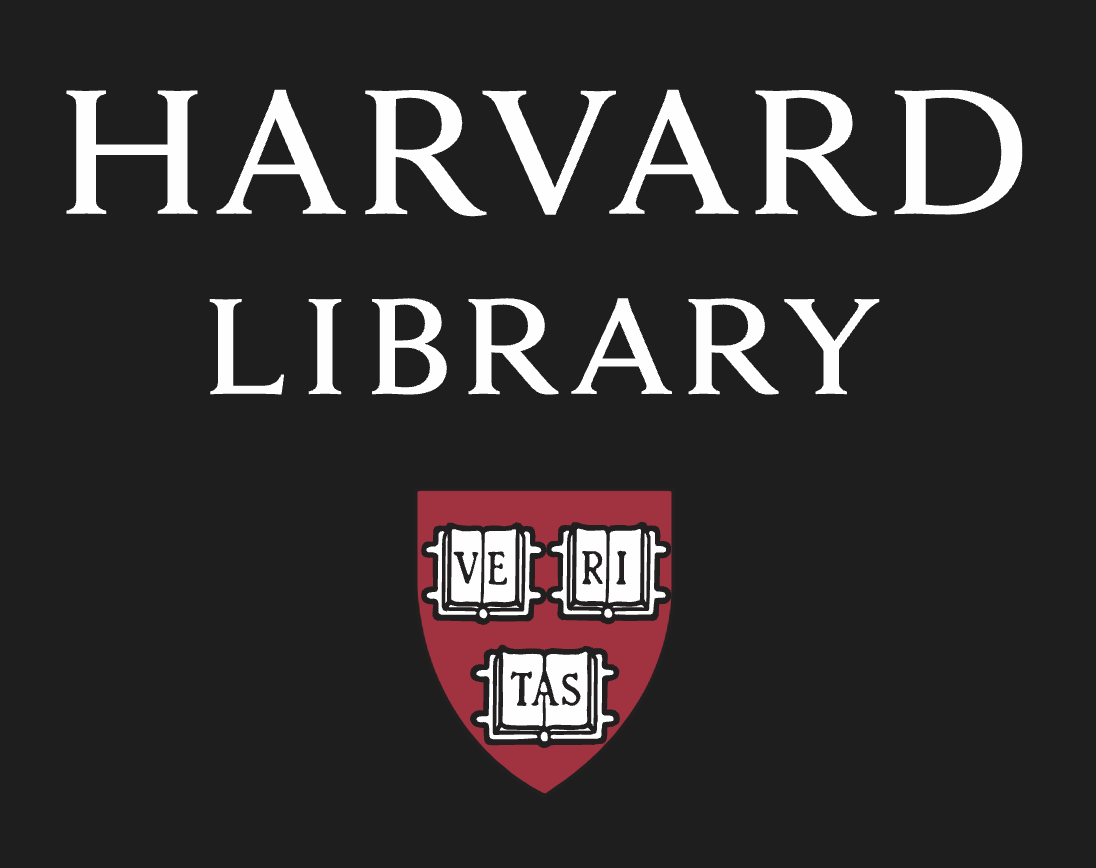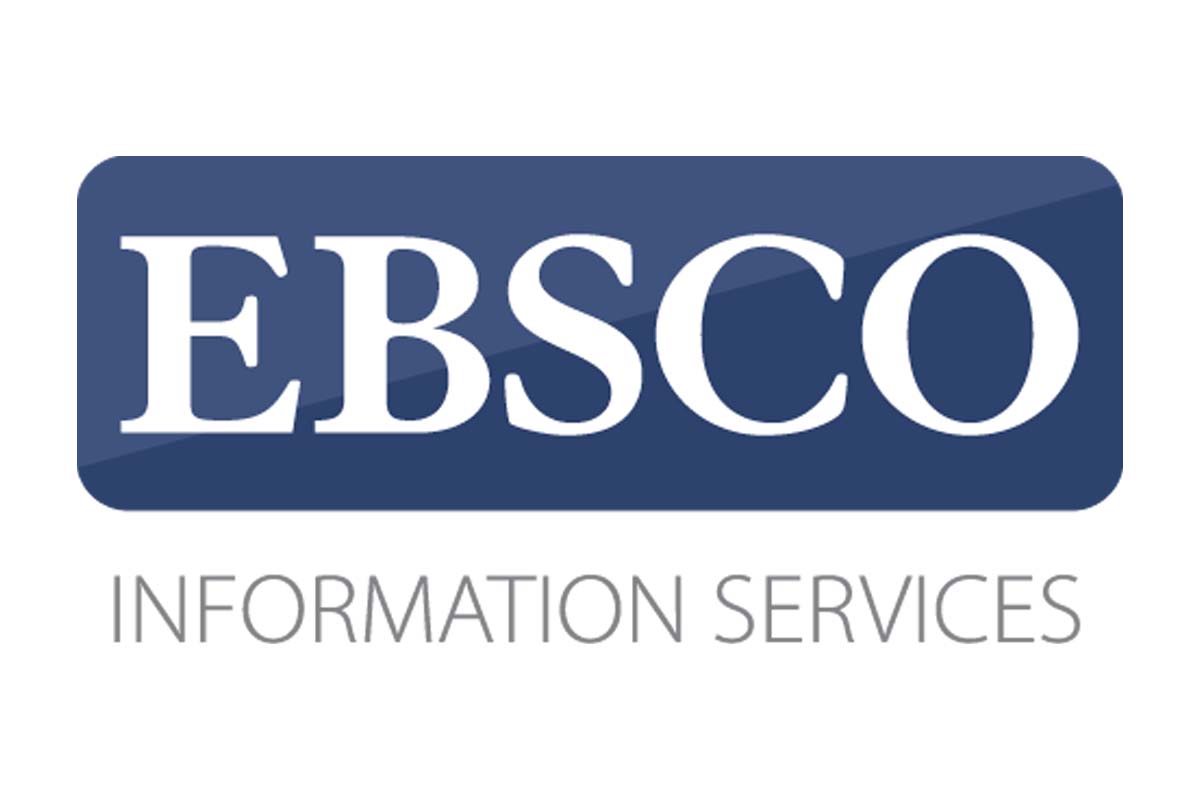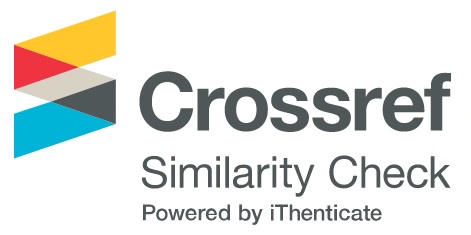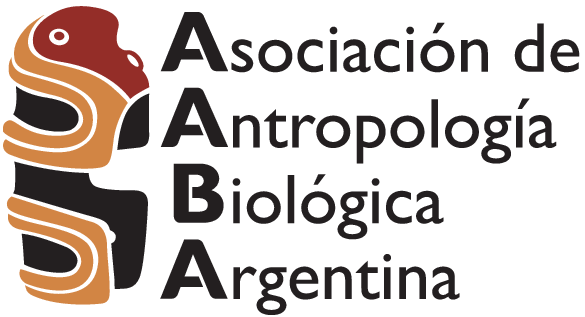NAT2 and oral clefts: evaluation of genetic risk and the relative importance of embryo and maternal genotypes
DOI:
https://doi.org/10.17139/raab.2019.0021.01.08Resumo
Non-syndromic cleft lip with or without cleft palate (NSCLP) is a congenital malformation that shows the characteristics of a multifactorial pathology. In order to describe the genetic predisposition to this disorder, NAT genes were analyzed with special interest since they codify for N-acetyltransferases, the enzymes responsible for the biotransformation of arylamines, hydrazine drugs and a great number of toxins and carcinogens present in diet, cigarette smoke and the environment. The allelic transmission of NAT2 that determines the slow acetylator phenotype in 174 trios (case-mother/father) from ECLAMC (Latin American Collaborative Study of Congenital Malformations) maternities in Argentina was evaluated. The *4, *5B, *6, and *7 variants by PCR-RFLP were analyzed. A higher risk for the 5B*5B* genotypes (OR=2. 24; p=0.050) was found, at the expense of the cases from Patagonia, without the influence of the maternal genotype.
Downloads
Downloads
Publicado
Edição
Seção
Licença
O RAAB é um periódico de acesso aberto do tipo diamante. Não há cobrança pela leitura, envio ou processamento da obra. Da mesma forma, os autores mantêm os direitos autorais de suas obras, bem como os direitos de publicação sem restrições.





